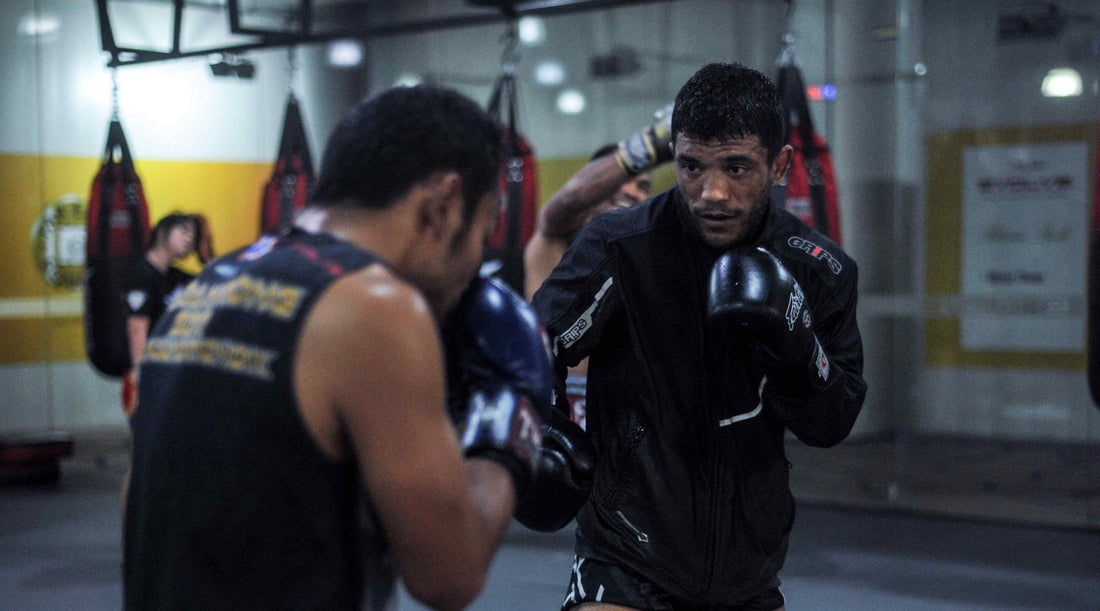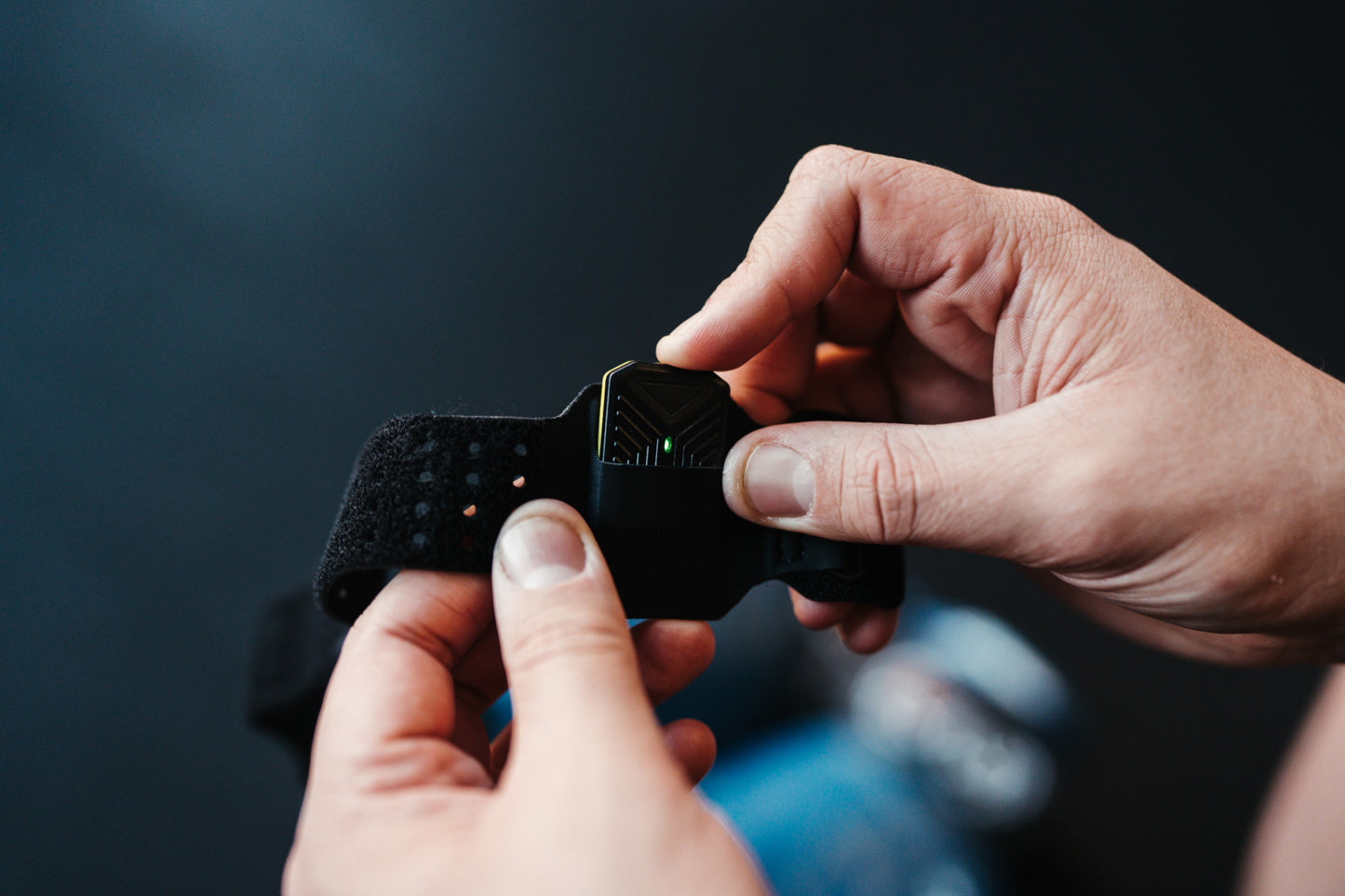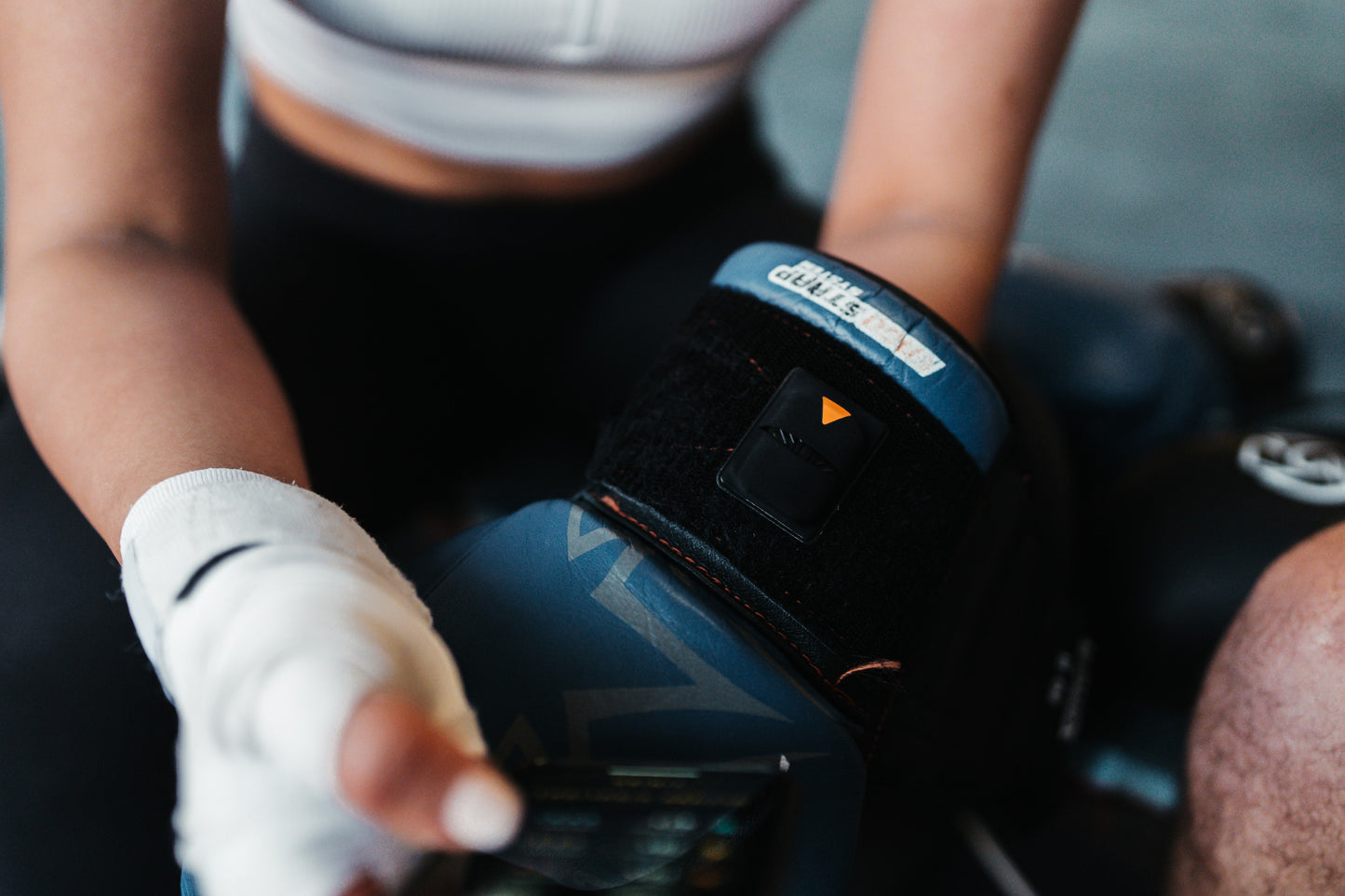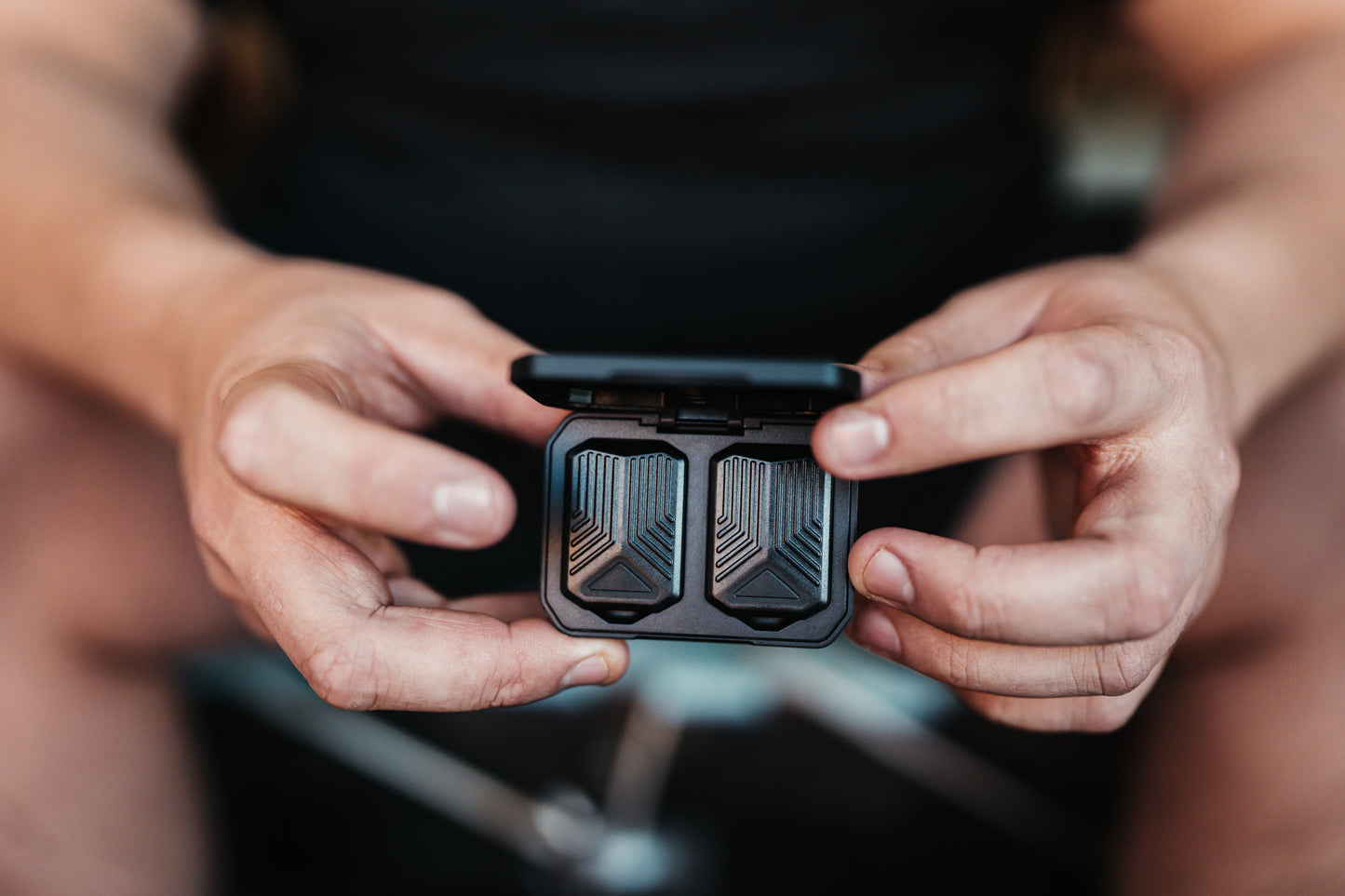What is Sparring?
Sparring is a form of training common to many combat sports. Unlike actual combat, sparring emphasizes controlled exchanges between partners, allowing practitioners to practice techniques, strategies, and timing in a safe environment. This controlled practice is crucial for developing competence in any martial art, from boxing and kickboxing to karate and Brazilian jiu-jitsu.
Benefits of Sparring
- Skill Improvement: Sparring helps refine your techniques, improve your timing, and enhance your overall fighting strategy.
- Adaptability: It teaches you to adapt to different fighting styles and opponents, making you a more versatile fighter.
- Stress Testing: Sparring provides a controlled environment to test your skills under pressure, helping you manage adrenaline and fear.
-
Fitness: It's an excellent workout that improves your cardiovascular health, stamina, and agility.

Getting Started with Sparring
-
Choose the Right Gym and Coach: Look for a gym with a strong focus on safety, respect, and skill development. A good coach will ensure you learn proper techniques and spar safely.
-
Gear Up: Invest in quality sparring gear, including gloves, headgear, mouthguard, and shin guards, to protect yourself and your partner from injury.
-
Master the Basics: Before you begin sparring, it's crucial to have a solid foundation in the basic techniques and movements of your chosen martial art.
-
Learn to Communicate: Good communication with your sparring partner is essential. Agree on the intensity and goals of the session before you start.
-
Start Slow: Begin with light sparring to focus on technique and gradually increase intensity as you become more comfortable and skilled.
-
Focus on Defense: Developing your fighting defensive skills is as important as your boxing offensive techniques. Learn to block, dodge, and counter effectively.

-
Reflect and Learn: After each sparring session, take time to reflect on what you did well and areas for improvement. Discussing your performance with your coach and sparring partners can provide valuable insights.
Safety Tips for Sparring
- Always wear appropriate protective gear.
- Respect your partner's skill level, intensity preferences, and physical limits.
- Stop immediately if someone is injured or if the gear is malfunctioning.
- Stay hydrated and take breaks as needed to prevent exhaustion and overheating.
Conclusion
Sparring is a vital component of martial arts training, offering numerous benefits from skill enhancement to physical fitness. By approaching sparring with the right mindset, proper preparation, and a focus on safety, beginners can make the most of their practice sessions, paving the way for continuous improvement and mastery in their chosen martial art. Remember, sparring is not about winning or losing; it's about learning, growing, and enjoying the journey. Embrace every session with an open mind and a willing spirit, and watch as your skills, confidence, and respect for the martial arts flourish.
Below is a pre-sparring workout routine is designed to systematically prepare you for sparring sessions by improving key physical and mental attributes necessary for boxing.
| Section | Duration | Activity | Purpose |
|---|---|---|---|
| Warm-Up | 10-15 minutes | Dynamic Stretching Jump Rope |
Increases range of motion, warms up muscles, improves footwork, coordination, and cardiovascular endurance. |
| Technique Drills | 20-30 minutes | Shadow Boxing (10 mins) Pad Work with a Partner (10-20 mins) |
Enhances form, muscle memory, accuracy, timing, and power through practicing striking techniques and footwork. |
| Strength and Conditioning | 20 minutes |
Circuit Training:
- Squats - Push-Ups - Plank - Mountain Climbers |
Builds full-body strength, power, and endurance. Focuses on explosiveness, lower body strength, upper body strength, core stability, and cardiovascular fitness. |
| Speed and Agility | 10 minutes |
Ladder Drills Cone Drills |
Improves quickness, footwork, and the ability to change directions efficiently. Essential for dodging and setting up attacks. |
| Cool Down and Stretch | 10 minutes |
Static Stretching Meditation and Breathing Exercises |
Lengthens muscles, promotes recovery, relaxes the body and mind. Focuses on recovery and mental preparation. |
Follow and let us know how you did on Instagram @powaboxing














